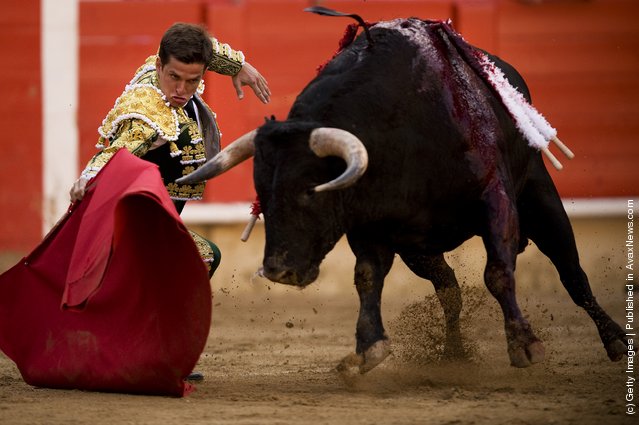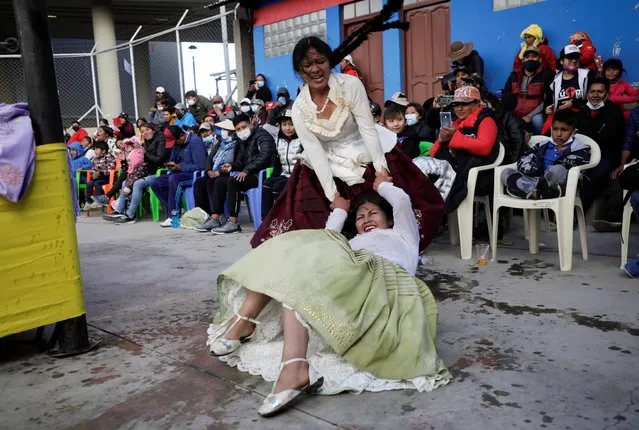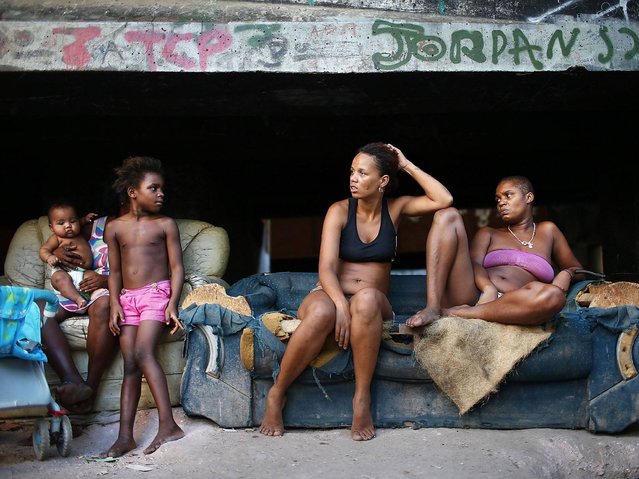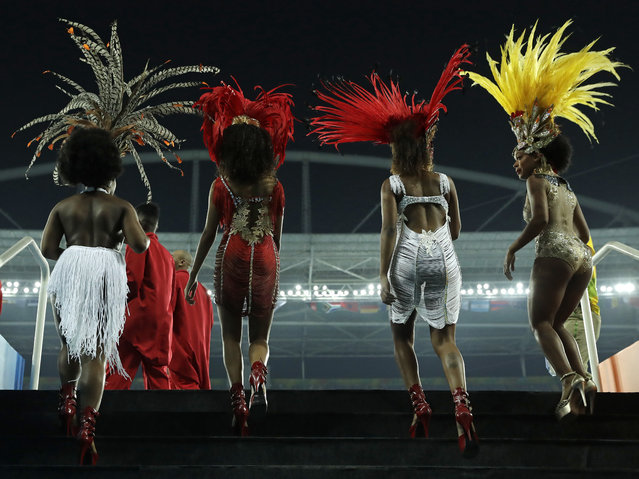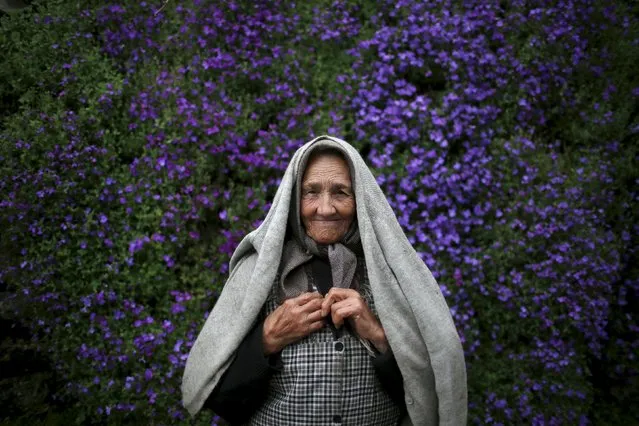
American Ballet Theater's dancers are silhouetted as they rehearse for the opening night at the Shanghai Grand Theater in Shanghai, Thursday, November 2, 2023. The American national ballet company is returning to China for the first time in a decade for shows in Shanghai and Beijing in the latest sign strained relations between the United States and China are beginning to thaw. (Photo by Ng Han Guan/AP Photo)
27 Nov 2023 00:13:00,post received
0 comments

